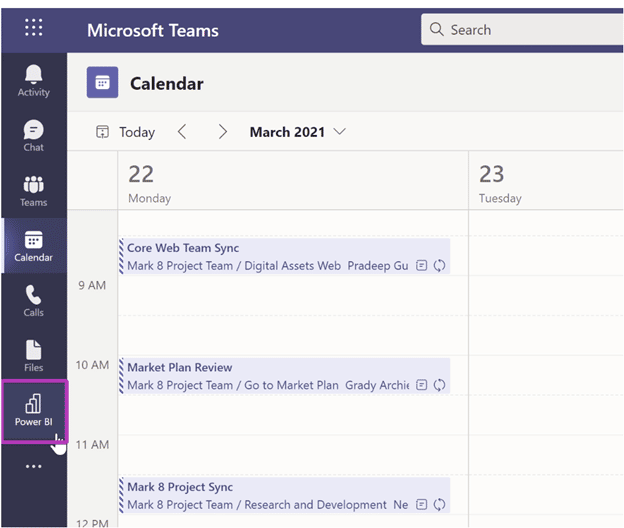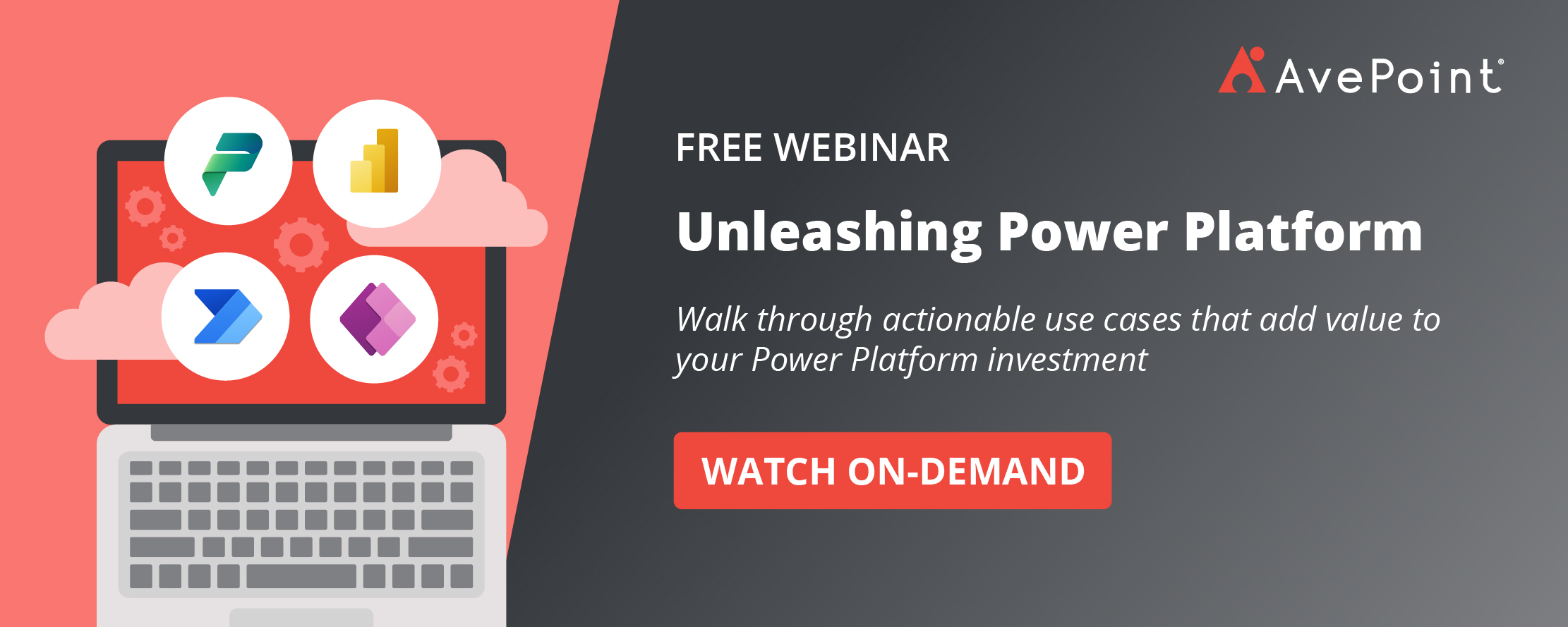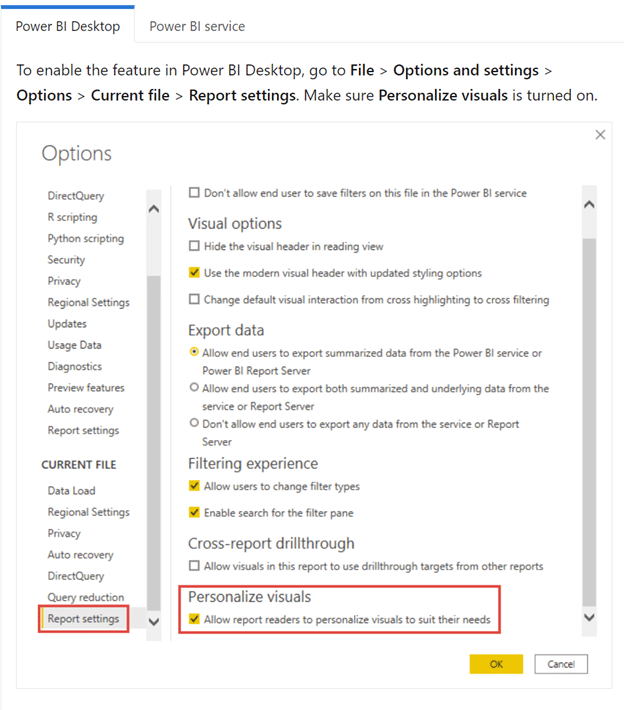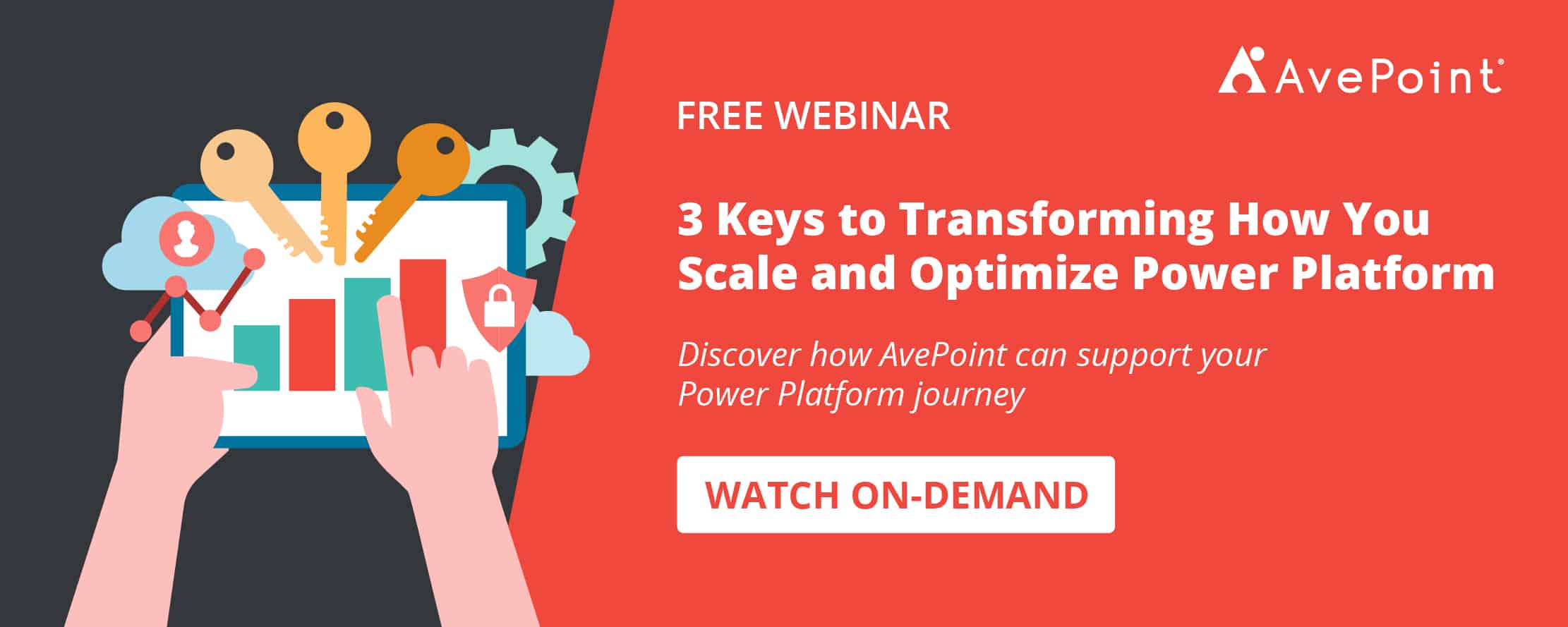Since 2016, business data has grown more than tenfold. As businesses try to grapple with how to manage and store this data, nearly one-third will face a cloud service budget to go up to 40% over. The question is: are businesses really using this data to its full potential, or are they wasting money and time storing data that’s just collecting dust?
If you’re worried about falling into the latter category, it’s time to consider investing in a business analytics solution like Microsoft Power BI to put your data to work. Check out these strategies to improve your data utilization and become a more data-driven organization.
1. Leverage Microsoft Power BI to Transform Data into Insights
The first step to becoming more data-driven is translating your raw data into meaningful, actionable insights. Business analytics solutions streamline this process, helping you identify trends and metrics in your mass of information and interpret them into findings.
There are many business analytics solutions available. However, if you are already taking advantage of Microsoft’s collaboration products, Power BI, Microsoft’s enterprise-level, real-time data visualization, and business intelligence platform, is the perfect fit. With tight integrations within Microsoft apps like Teams and Excel and the ability to connect to more than 70 data sources, including third-party solutions like Salesforce, Marketo, and Google Analytics, you will be able to get the most out of your data sources. See the entire list of Power BI data sources.
With Power BI’s interactive and user-friendly interface, you can model data, build shareable reports and dashboards, create charts, graphs, and other data visualizations, and much more. These tools allow you to dig into your data to ask questions, contextualize data points, draw conclusions, and make informed decisions – all based on the data you already manage and store.
These data analytics can benefit any department. For example, Sales can use a Power BI dashboard to track sales data, comparing progress against goals, opportunities, and conversions. Marketing could create reports to follow KPIs and campaign performance. Finance can use the dashboards for at-a-glance tracking of cash management, costs, and profits. Department heads can use the visualizations to display high-level information that answers simple questions like Will we make target?
With the tools within Power BI, you can use data to shape business processes, improve decision-making, and drive business results.
Read more: 3 New Power BI Features to Empower a Data-Driven Workplace
2. Empower Your Team to Utilize Power BI How They Need
While logic (and perhaps your Information Security team) dictates that IT should control Power BI, you will do a disservice to your end-users and your business by limiting the creation of reports and dashboards to IT. It is never easy to relinquish control of your digital workspaces, but it is simply not enough to give your users the tools – you need to let them use them. To truly make the most of your investment, some of your end-users will need the ability to interact with, manipulate, and perhaps even create the dashboards and reports to add the most value to them without waiting for IT to respond to their support ticket.
Not only will it help increase adoption, but it can deliver better insights and findings. After all, it is always best if those who know the problem can execute on it. Your organization will now realize the value of Power Platform – placing the power to solve a challenge in the hands of those who face it. Alternatively, this is why many enterprises decide to house Power BI with their Analytics team rather than their IT team.
The good news is if you decide to utilize this strategy, you will not need to give your entire staff free reign in Power BI. Parallel to other Microsoft collaboration services, Power BI offers built-in permissions to create different access controls for each persona. Some users will be satisfied with simple “read” or “reshare” controls, while others may require to “build” and “write” to make dashboards and reports their own.
In addition, Power BI has many features that can empower your users without giving them too much control. For example, Personalize Visuals, which enables users to manipulate dashboards, or what Microsoft calls Basic Exploration, without needing edit controls or to go to the report Owner to make slight adjustments to a report. From there, the user can save their version using Personal Bookmarks and share or revisit it later. You can turn this feature off if you do not want non-owners editing reports.
Granting users controls in Power BI is a balancing act. If you give too much access, you will waste a lot of time and money on training users who do not want it but too little, and you will lose benefits by minimizing adoption and utilization.
For more tips on empowering your end-users with Power BI, check out Microsoft’s documentation, Planning a Power BI Enterprise Deployment.
3. Maintain Control of Your Environment to Prevent Mistakes, Sprawl, and Security Issues
This one may feel counterintuitive, particularly after reading strategy two. After all, if you ease control of who can do what to your data, how can you prevent mistakes, security issues, or your workspaces from growing uncontrollably?
There are several best practices you can follow that can ensure your environment and data stay clean and secure. For example, practicing good lifecycle management by ensuring every dashboard and report has an owner or preventing sprawl by identifying workspaces with duplicative purposes. You can also utilize security features like data loss prevention (DLP) and sensitivity labels to protect reports or dashboards holding confidential information.
It’s hard work, particularly if you’re just getting started, but fortunately, there’s an easier way. Third-party tools like AvePoint EnPower offer capabilities that automate or streamline these processes, with features like role-based access controls, centralized visibility, and actionable monitoring that make it easy to stay in control of your workspaces.
On top of that, AvePoint EnPower helps you ensure compliance and security requirements are met (to the delight of your Information Security teams). Within the solutions, you can set granular policies beyond DLP to control what actions a maker can use within a Connector, and who has access with deeper security group settings.
AvePoint offers a variety of solutions that advance the management and governance framework for Power Platform. Learn how you can transform and scale your Power Platform with AvePoint.
The Bottom Line
The digital age calls for all organizations to rethink how they use data. Gone are the days of storing information on paper and in filing cabinets, yet many of us still think of our digital data as if it’s simply in a digital filing cabinet.
With today’s businesses managing more data than ever, it’s never been more important to put your data to work to justify the rapidly rising time commitment and storage costs. By utilizing solutions like Power BI, your mass of data can be your competitive edge, allowing your business to become truly data-driven.






